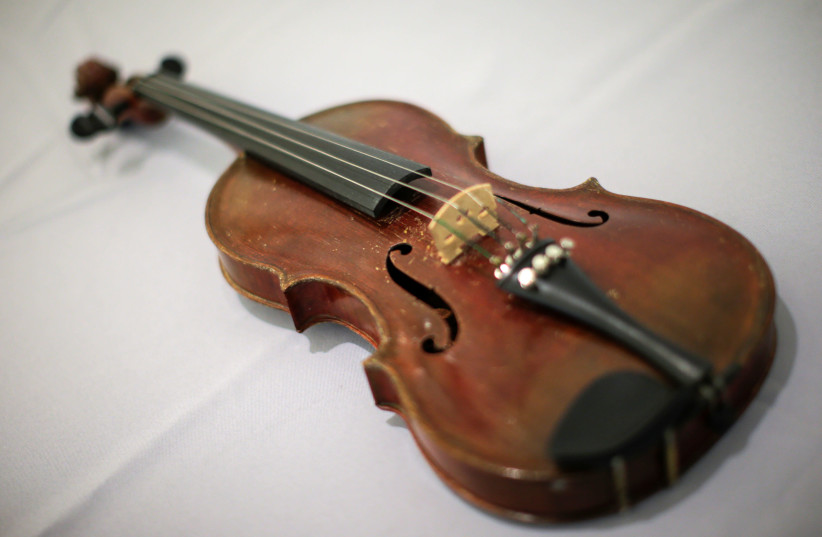If you could afford to buy a rare violin, cello, guitar, viola or harp built by the famed craftsman Antonio Stradivari of Cremona, Italy, in the 17th and 18th century, you probably would want to know what coating he used to protect the wood. About 650 of his stringed instruments remain around the world, each priced at millions of dollars.
Stradivarius violins produce elegant music with a level of clarity that is unparalleled by modern instruments, according to some musicians. It’s the finishing touches – mysterious treatments he applied hundreds of years ago – that contribute to their unique look and sound.
In a step toward unraveling the secret, researchers in the American Chemical Society’s journal Analytical Chemistry, under the title “A Nanofocused Light on Stradivari Violins: Infrared s-SNOM Reveals New Clues Behind Craftsmanship Mastery,” reported on a nanometer-scale imaging of two of Stradivari’s violins, revealing a protein-based layer between the wood and varnish.
Previous studies have reported that some stringed instruments crafted by Stradivari have a hidden coating underneath the shiny varnish. This coating’s purpose would have been aimed at filling in and smoothing out the wood, influencing its resonance and the sound that was produced.
How can we replicate the technique?

Knowing the components of this film could be key to replicating the historic instruments in modern times, though Italian researchers Lisa Vaccari, Marco Malagodi and colleagues wanted to find a technique that would determine the composition of the layer between the wood and varnish of two precious violins – the San Lorenzo 1718 and the Toscano 1690.
Using the synchrotron radiation Fourier-transform infrared spectromicroscopy technique, the team found that both samples had an intermediary layer, but this method couldn’t differentiate the layer’s composition from the adjacent wood. Then they turned to infrared scattering-type scanning near-field microscopy (IR s-SNOM) to analyze the samples. The IR s-SNOM apparatus includes a microscope that collects images tens of nanometers wide and measures the infrared light scattered from the coating layer and the wood to collect information about their chemical composition.
The results of the new method showed that the layer between the wood and varnish of both instruments contained protein-based compounds, congregating in nano-sized patches.
Because IR s-SNOM provided a detailed 3D picture of the types of substances on the violin’s surface, the researchers said it could be used in future studies to identify compounds in complex multilayer cultural heritage samples.
